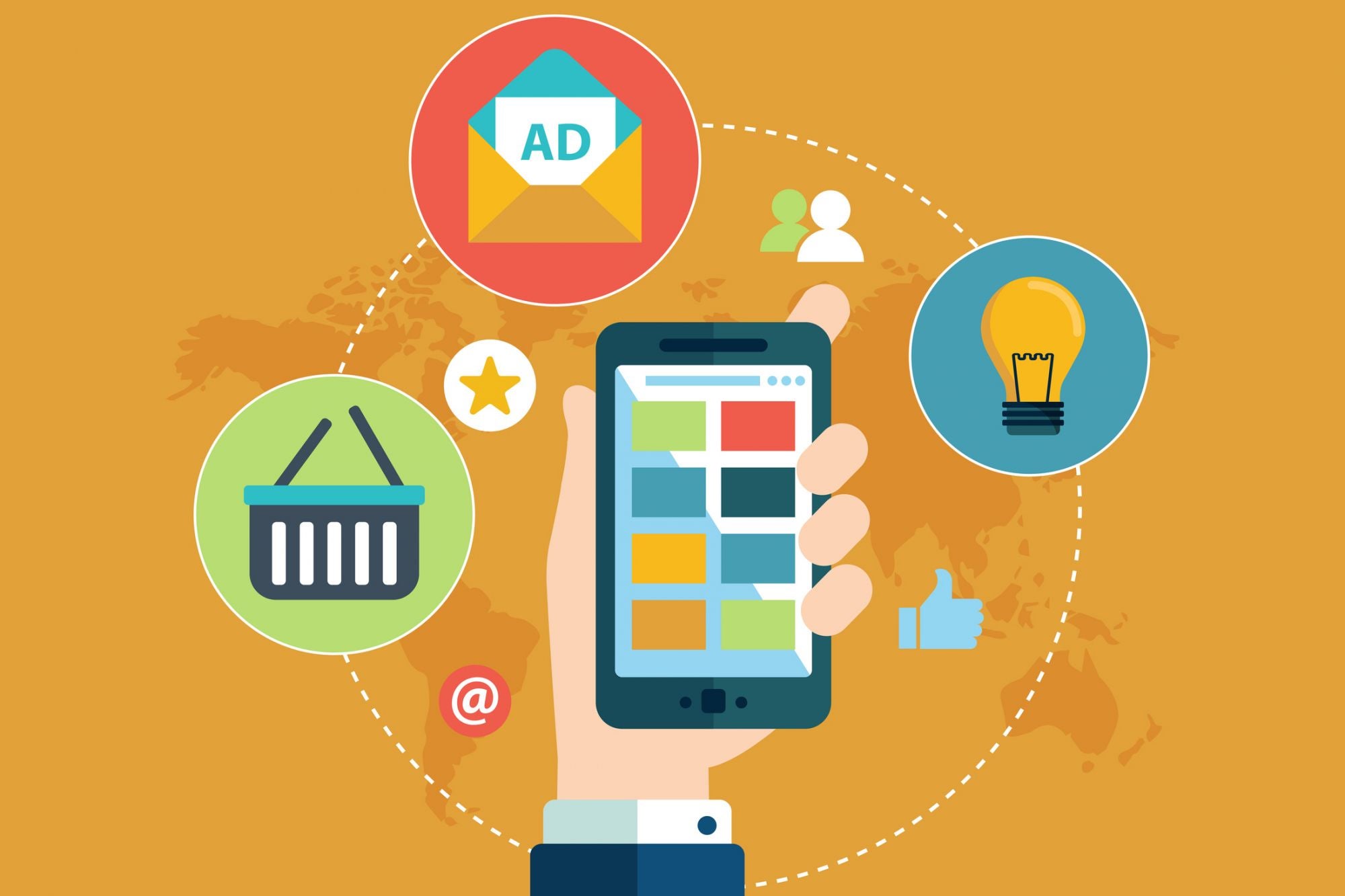5 Hot Online Advertising Trends in Europe The amount of money European companies are spending on online advertising has increased year after year since 2006.
By Robert Katai Edited by Jason Fell
Opinions expressed by Entrepreneur contributors are their own.
You're reading Entrepreneur Europe, an international franchise of Entrepreneur Media.

In the first six months of 2018, businesses spent 25.7 billion euros on online advertising. If you're running a business in Europe, these stats prove that you can't deny the importance of having an online advertising strategy.
The following are five online advertising trends that I consider to be important, and that will hopefully inspire your next steps.
1. AMPHTML Ads

Google announced on its blog that, starting from January 2019, 12 percent of all the display ads served by the company are AMPHTML ads. These will not only be displayed on AMP pages but regular web pages as well.
According to Vamsee Jasti, product manager of the AMP Project, there are many benefits when it comes to creating AMPHTML ads. Some of the most notable ones are better ROI for advertisers and publisher revenue and providing a better user experience for website visitors.
Simply put, AMPHTML ads represent a faster, lighter and safer way of online advertising. They are rendered instantly thanks to Fast Fetch rendering and work just as well with static or animated ads.
Volkswagen is one of the companies that saw tremendous potential here. The company ran its first end-to-end AMP campaign and used AMPHTML ads on AMP pages, which resulted in a 76 percent increase in conversions.
2. Retail moves online

The future of retail is a combination of both the offline and online world. This means that to a physical storefront, businesses also need a digital touchpoint. A recent survey even showed that, when it comes to grocery shopping, 50 percent of offline grocery sales are influenced by digital.
A good example here is Carluccio's, an Italian restaurant chain with dozens of location throughout the U.K. In May 2018, the chain announced the closing of 34 restaurants, so no one expected what happened next.
As James Backhouse, marketing director at Carluccio's said, "Our aim was to develop a website that did the fundamentals really well -- whilst also demonstrating the stories behind the brand and products, and linking seamlessly into ecommerce."
The company partnered with BigCommerce and invested 10 million pounds in rebooting the brand. A large amount of the investment was spent on revamping the site, which was transformed into an ecommerce and content-rich platform. The new established online presence was a hit as 80 percent of its ecommerce sales came in the two months leading up to Christmas.
3. Mobile advertising
The most significant advantage of mobile advertising is that it helps you deliver targeted ad content in a variety of forms and formats, including web pages and in apps. It's also one of the most convenient ways of online advertising since most people are using their smartphones several times per day. In fact, it appears we now spend on up four hours a day on our phones.
IAB Europe, in collaboration with IHS Markit, did a study that showed mobile ad spend in Europe surpassed 10 billion euros in 2018.
Here's a great example of mobile advertising done right: Facebook Messenger has more than 1.3 billion monthly active users, so Mobile Monkey, a messenger marketing platform, took advantage of this opportunity for its Facebook mobile ad.
Its goal was to generate leads and the call-to-action was optimized so that its audience could send it messages through the Messenger app. The company knew that it had to attract people's attention before they clicked on the button, so it used a bold image with a colorful unicorn. The results speak for themselves.
4. Contextual advertising
Contextual advertising declined in popularity when marketers started focusing more on audience-based advertising and retargeting. Now, in a post-GDPR era, personalization diminished and contextual advertising is making a comeback.
Now, because companies can't collect data about people without their consent, targeting individuals based on the type of content they're viewing online seems like the right thing to do.
Robin O'Neill, managing director of digital trading at Group M, said that this is the best thing that can happen to the industry because some advertisers have gone too far when it comes to targeting a specific audience.
Contextual advertising can even be more potent than highly-targeted advertising simply because it provides insights regarding the type of content a brand can create in order to be relevant for its audience when they're viewing a web page.
5. Content will diversify
The greater variety you'll mix into your online advertising efforts, the easier it will be for you to attract more people's attention.
People respond to different ad formats when they browse online, which is why you need to make sure that you cover everything from static content to animation, video and even audio.
Depending on the platform you're advertising on and the industry you're in, you'll need to adjust your strategy accordingly so that your ad engages your audience and boosts conversions.
One trend that you shouldn't deny when it comes to diversifying online advertising is podcasting. At the moment, podcasts provide a fantastic opportunity for brands to deliver their message in a contextual environment.
Now that there are a lot more tools that people can use to measure its effectiveness, advertising in podcasts has become even more sophisticated.
Final thoughts
Brands are now faced with more challenges than ever before, but at the same time, the diversity of the platforms they can use to reach their audience allows them to be creative and stand out against their competition.
I hope that you'll use this article as an inspiration for your online advertising strategy and create amazing campaigns.












